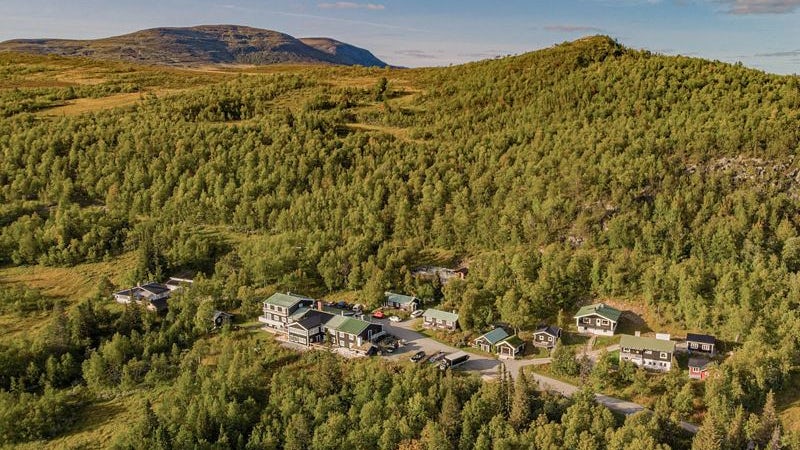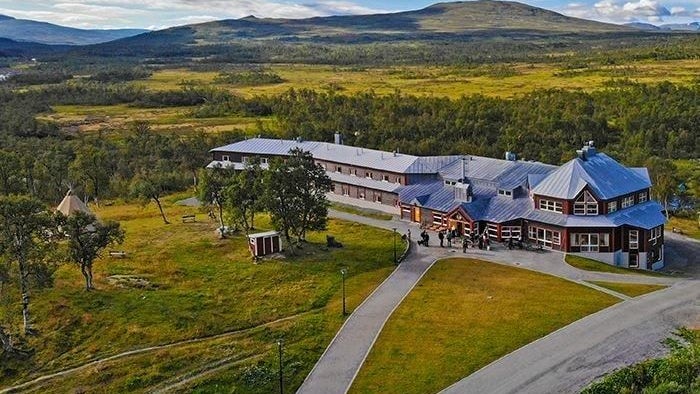
The layer on layer principle
The primary function of clothing is to keep you dry, warm, and protected. By dressing in multiple thin layers, you can easily adjust your clothing when the weather changes. This is commonly known as the multi-layer principle, or the layer on layer principle.
Outdoor clothing in the proper materials
The layer on layer principle works best if you wear clothes in the proper materials. Wool is an excellent choice for hiking, as the material’s functionality is not affected if the garment is worn for a long time without washing. Wool also keeps you warm when it’s damp, has good breathability, and rarely smells bad. Soft and itch-free merino wool can be worn even next to the skin.
The first layer: moisture-wicking
The layering principle starts with the base layer. The primary function of this layer, which is worn next to the skin, is to wick away moisture and excess heat to an absorbing layer further out.
The base layer should keep you dry from the inside, even during intense activity. Merino wool, regular sheep wool, and wool terry, which is a blended material, provide warmth even when damp. Synthetic base layers, also known as super base layers, are also good alternatives to wear next to the skin. To maintain their functionality and prevent bad odors, synthetic garments need to be rinsed or washed frequently.
The second layer: moisture absorption
The mid-layer is the clothing layer that should absorb moisture from the first layer, moving it away from the body. Wool is an excellent choice for the second layer. Pure synthetic materials cannot absorb moisture, but many super base layers still transport moisture to the next layer by weaving wool into the garment’s outer layer.
The third layer: warms
The third clothing layer is the one that provides the most warmth and should be the regulating layer. Put on this layer during low-intensity activities or breaks and remove it during more strenuous activities. This way, you retain body heat when you’re standing still and avoid getting sweaty when you’re moving. Common materials for the third layer include fleece or wool.
The fourth layer: protection against wind and wetness
The fourth clothing layer is primarily designed to protect against wind, rainfall, and cold. Another important function is to regulate warmth. Garments in this layer should be roomy and protect sensitive parts of the body.
A traditional anorak, or a shell jacket that shields against wind, rain, and snow, should have a substantial hood. It should be long and have functional closures on the front, at the collar, and around the wrists. It should also have drawstrings at the waist and the hem of the jacket. By loosening the closures, you can ventilate excess heat. You retain warmth by closing the closures.
The fifth layer: extra insulation
The fourth clothing layer is primarily designed to protect against wind, rainfall, and cold. Another important function is to regulate warmth. Garments in this layer should be roomy and protect sensitive parts of the body.
A traditional anorak, or a shell jacket that shields against wind, rain, and snow, should have a substantial hood. It should be long and have functional closures on the front, at the collar, and around the wrists. It should also have drawstrings at the waist and the hem of the jacket. By loosening the closures, you can ventilate excess heat. You retain warmth by closing the closures.
Explore our courses



Materials in your shell clothing
There are pros and cons to both the classic anorak made from various cotton blends and modern shell garments with waterproof membranes.
Tightly woven cotton or synthetic
There are pros and cons to both the classic anorak made from various cotton blends and modern shell garments with waterproof membranes.
Synthetic shell garments with membranes
Synthetic shell materials consist of several layers of different materials laminated together to feel like one fabric. It is the middle layer, the so-called membrane, that makes the material waterproof. The membrane has microscopic holes that allow water vapor to escape when you sweat. However, the holes are too small to let water droplets from the outside pass through. Therefore, multilayer materials handle moisture better than cotton and are useful year-round.
What is an advantage in some situations can become a disadvantage in others, which is most noticeable on cold and windy winter days. The cold easily causes your body’s excess heat to condense before it passes through the garment. This results in condensation, sometimes even ice, forming on the inside of the shell garment. One way to counteract this is to wear your sweater over the shell garment. This way, the garment doesn’t cool as much, and you avoid condensation on the inside.
Buy synthetic shell garments without high fluorinated substances, as these are very persistent and accumulate in humans and animals.
Accommodations near the adventure
More pages about hiking

Hiking
The amazing thing about hiking in Sweden is that there is always more to discover.

Lists for packing
Are you wondering what you need to pack for a day trip in the mountains or for a longer hike? On this page you will find packing lists for both summer and winter.

The right equipment
Equipment isn’t everything, but being well-prepared always helps. With good shoes and a comfortable backpack, you can go further.








